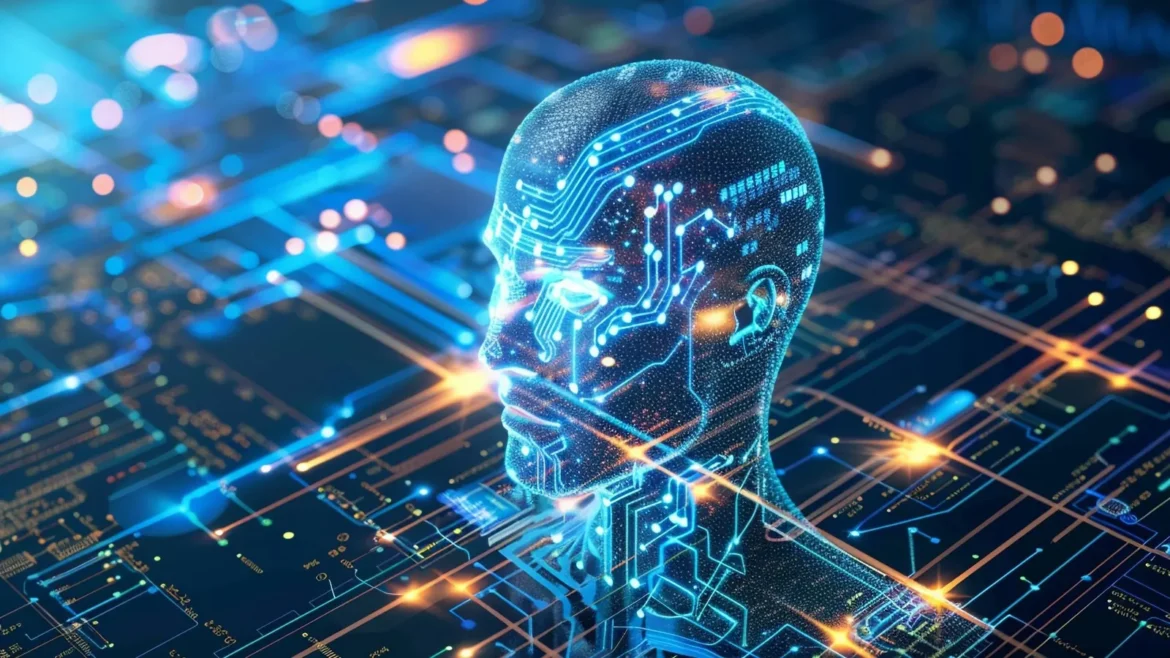Artificial Intelligence, more commonly known as AI, is no longer just a buzzword thrown around in tech circles. It has become a transformative force across almost every industry—healthcare, education, finance, entertainment, and even agriculture. In just a few decades, AI has grown from a concept in science fiction to a crucial part of our everyday lives. From personal assistants like Siri and Alexa to complex decision-making systems in healthcare, AI is changing the way we live, work, and interact with technology.
What is AI?
At its core, AI refers to machines or software that can mimic human intelligence. This includes learning from experience (machine learning), understanding natural language (NLP), recognizing patterns, solving problems, and making decisions. The most commonly used types of AI today are narrow AI, which is designed for a specific task (like image recognition or language translation), and general AI, which is still theoretical and would perform any intellectual task a human can do.
The Evolution of AI
The development of AI began in the mid-20th century with pioneers like Alan Turing, who introduced the idea that machines could simulate any human intelligence process. The first wave of enthusiasm for AI came in the 1950s and 60s, but progress was slow due to limited computing power and data. Fast forward to the 21st century, and a combination of big data, advanced algorithms, and powerful hardware has propelled AI into a new era.
Today, we use AI every time we unlock our smartphones with facial recognition, get movie suggestions on Netflix, or even when we receive fraud alerts from our bank. What was once the realm of science fiction is now embedded in daily life.
AI in Healthcare
One of the most profound impacts of AI has been in the field of healthcare. From diagnosing diseases to predicting patient outcomes, AI is helping doctors make better decisions and improve patient care. For instance, AI-driven tools can analyze medical images to detect early signs of diseases like cancer or neurological disorders. In drug discovery, AI algorithms are being used to identify potential treatments faster and more efficiently than traditional methods.
AI in Business and Finance
Businesses are increasingly turning to AI for insights and efficiency. In customer service, AI-powered chatbots are handling thousands of inquiries simultaneously, providing 24/7 support. In finance, AI is used to detect fraudulent transactions, assess credit risks, and manage investment portfolios. These applications not only save time but also reduce human error and operational costs.
AI and Automation
The link between AI and automation is perhaps one of the most discussed—and sometimes feared—topics. Automation powered by AI is replacing repetitive tasks in industries like manufacturing, logistics, and customer service. While this does raise concerns about job displacement, it also creates opportunities for workers to shift into more creative, analytical, and strategic roles. It’s crucial to view AI not as a job killer, but as a tool that can enhance human capabilities.
AI in Education
Education is another area where AI is making waves. Intelligent tutoring systems, personalized learning platforms, and AI-driven grading systems are transforming traditional teaching methods. Students can now learn at their own pace, receive instant feedback, and get personalized support based on their strengths and weaknesses. Educators, in turn, can focus more on mentorship and less on administrative tasks.
Ethical Concerns Around AI
Despite its many benefits, AI also brings a host of ethical concerns. Bias in AI algorithms is a significant issue. Since AI systems learn from data, they can inadvertently learn and perpetuate human biases present in that data. For example, facial recognition systems have shown higher error rates for people with darker skin tones, raising concerns about fairness and discrimination.
Moreover, there’s the question of privacy. As AI systems become more sophisticated, they collect and analyze vast amounts of personal data. Ensuring this data is used ethically and securely is a major challenge for developers and policymakers alike.
The Role of AI in Creativity
Interestingly, AI is also carving out a space in the creative industries. AI-generated music, art, and even literature are now a reality. Tools like DALL·E and ChatGPT (which you’re interacting with right now) are helping people express creativity in new ways. While some argue that machines can never truly be “creative,” others see AI as a collaborator—augmenting human creativity rather than replacing it.
The Future of AI
The future of AI is both exciting and uncertain. Experts predict that in the coming decades, we could see the rise of Artificial General Intelligence (AGI)—systems that possess the ability to understand, learn, and apply knowledge across a wide range of tasks, much like a human being. If achieved, AGI could revolutionize everything from scientific discovery to governance.
But with great power comes great responsibility. It will be vital to establish international guidelines and regulations to ensure that AI is developed and used in ways that are ethical, safe, and aligned with human values.
Conclusion
There’s no denying that AI is one of the most significant technological advancements of our time. It’s already reshaping industries, driving innovation, and changing the way we live. As we continue to integrate AI into our societies, it’s essential to remain both optimistic and cautious. The goal should be to harness the incredible power of AI to solve real-world problems while addressing its challenges with thoughtful regulation and ethical considerations.
In the end, AI is not just a tool for the future—it is the future. And how we shape it today will determine what tomorrow looks like.



